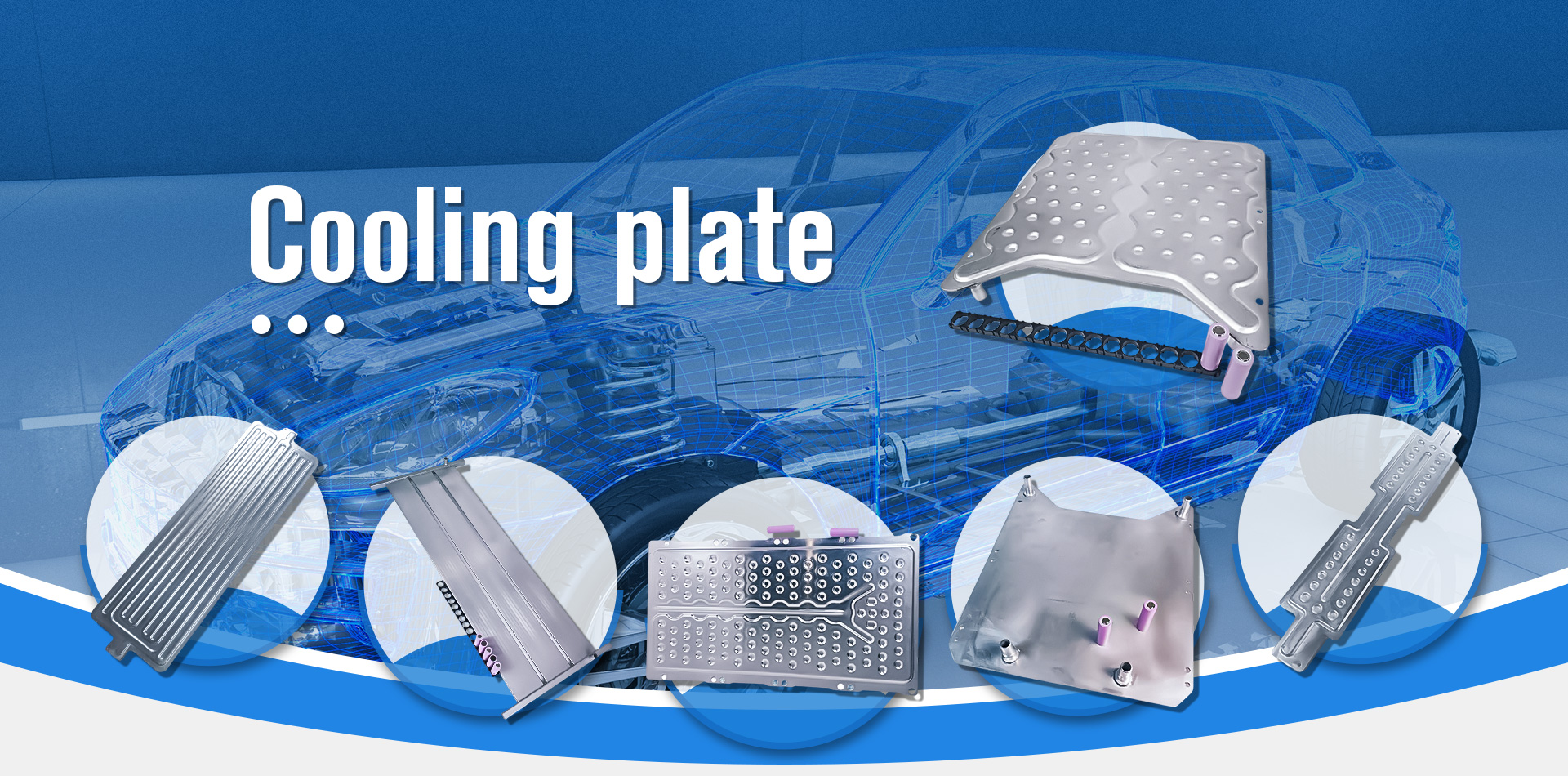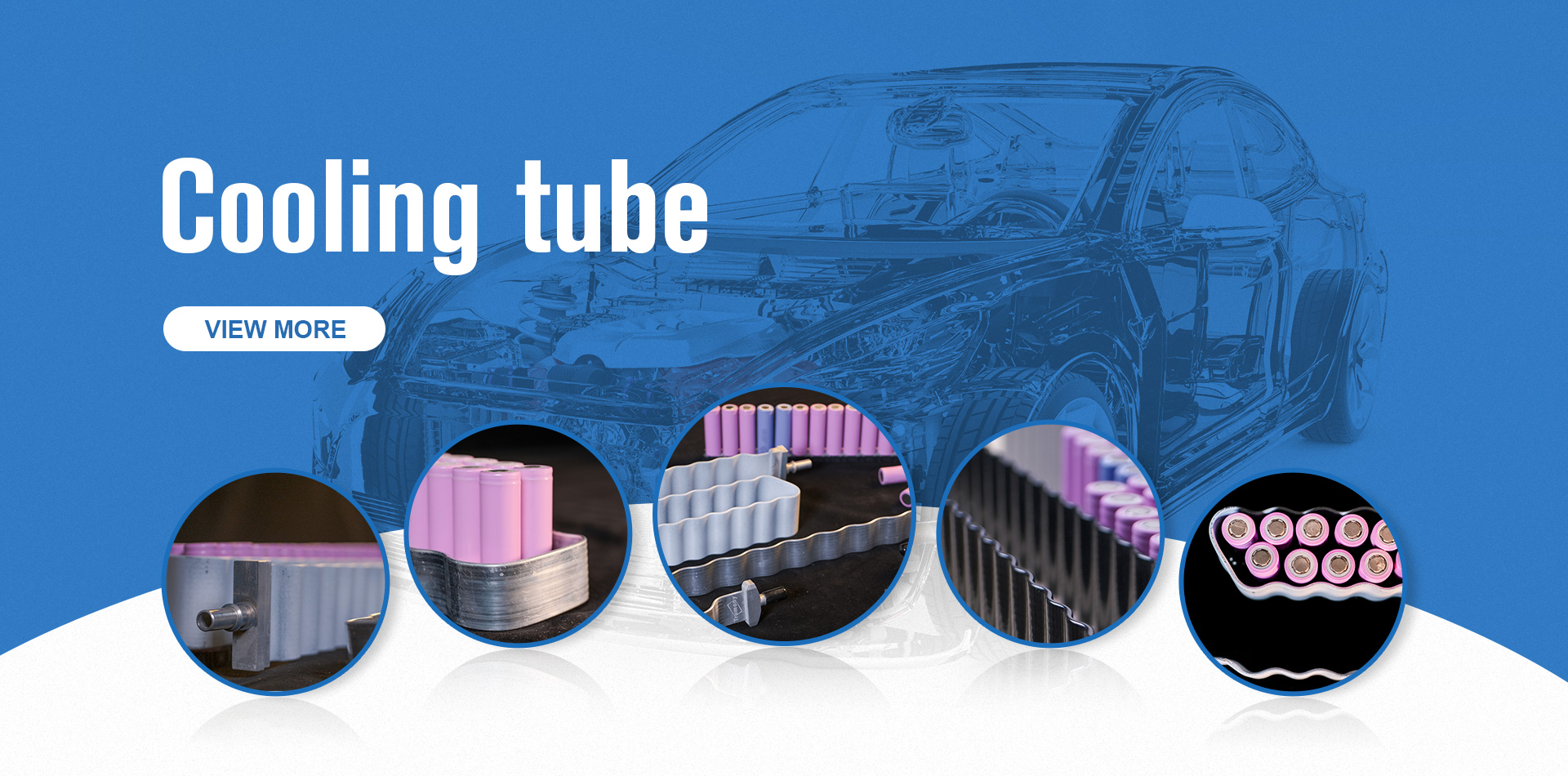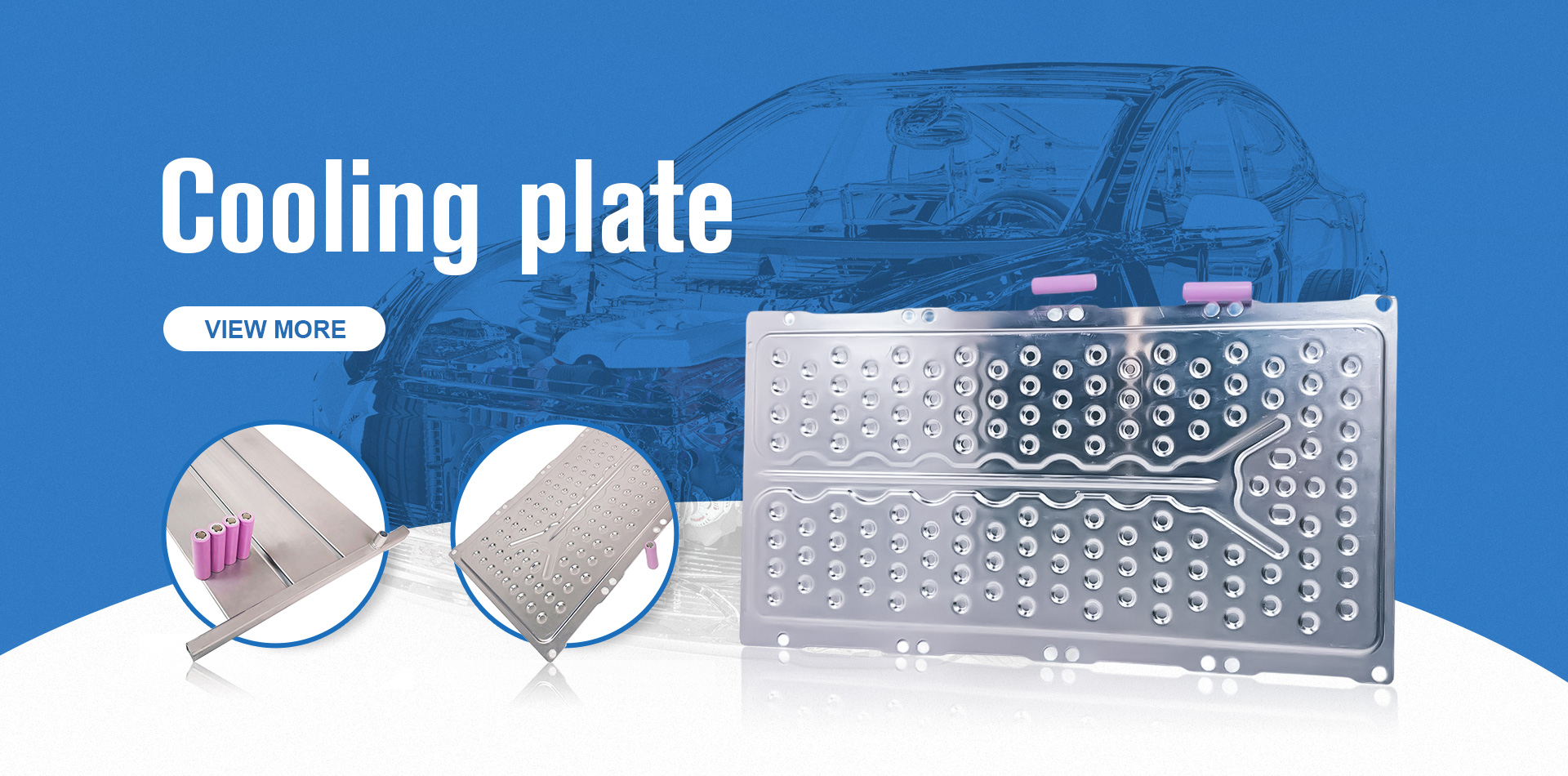How to distinguish aluminum foil is good or bad? The most complete aluminum foil quality defect collection in history
【China Aluminum Network】 In the production process of aluminum foil, it needs to go through many processes such as rolling, finishing, annealing, and packaging, and interlocking production processes. Any problems in any link may lead to aluminum foil quality problems. The quality defects of the refinished aluminum foil products will not only affect the appearance, but also directly affect the quality of the products produced. Furthermore, it will directly cause the aluminum foil to pull off and stop and greatly affect the production efficiency. How to distinguish the quality of aluminum foil?
According to the experience of aluminum industry people, the quality of aluminum foil can be detected directly with your “eyes”. However, to distinguish the quality of aluminum foil, we must first understand what the common aluminum foil quality defects are, only the heart has a few, and then check the common quality problems of aluminum foil one by one, in order to prevent the aluminum foil with quality defects into the library.
Today, we have sorted out the problem of aluminum foil quality defects in history, and attached the high-definition aluminum foil image. When we buy aluminum foil, the quality of the aluminum foil is good or bad. It can be drawn!
1. Aluminum foil bruises
▲Aluminum foil bumping refers to damage to the surface or end surface of a foil after it collides with other objects during handling or storage. Most of the bumps were caused by inadvertent packing of aluminum foil.
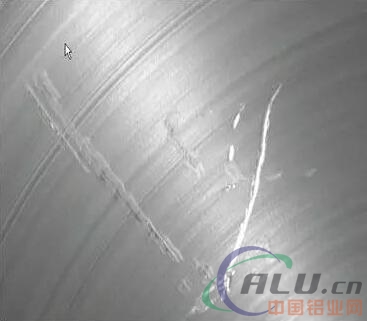
2. Corrosion
▲ The surface of aluminum foil is in contact with the surrounding medium. After a chemical reaction or electrochemical reaction occurs, defects on the surface of the aluminum foil will cause the surface of the etched aluminum foil to lose its luster. In severe cases, gray corrosion products will also be produced. The corroded aluminum foil has a great influence on the aesthetic appearance of the product produced by the terminal.

3. Surface bubbles
▲Aluminum foil with surface bubble defects will have irregular circular or strip-shaped cavity protrusions on the surface of the foil; the edges of the protrusions are rounded, the two sides are asymmetric, the distribution is irregular, and the surface bubbles cause the aluminum foil to receive various points. Unbalanced forces are likely to cause breaks in downtime.
Dark side stripes
▲Dark-faced stripes are mostly present on double-products. The dark side has a distinctive pattern of light and dark stripes along the rolling direction, affecting the appearance.
5. Imprint
▲ There are many situations that can cause marks on the surface of aluminum foil, such as defects in the surface of the roller or guide roller, or dirt such as metal chips. The surface of the sleeve or die is not clean or there are smooth protrusions locally, or the foil is taken up when wound. The surface has foreign matter, etc. The surface of the foil where the mark is present will generally have a single or periodic depression or bulge that is easily discernible.
6. Oil spots
▲ Common aluminum foil oils are formed after annealing and are generally light yellow, brown, and yellow-brown.
7. Degreasing
▲Detection for degreasing is usually done after the annealing. The level of degreasing is determined by the brushing method. If the level specified in the brushing test is not reached, there may be oil on the aluminum foil.
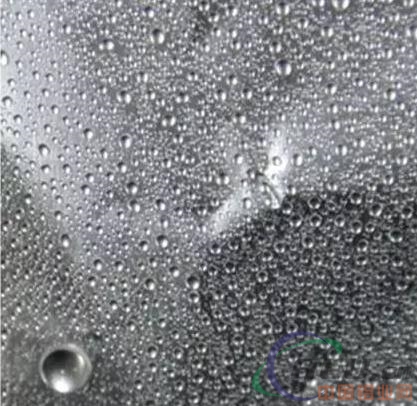
8. Cracked edges
▲ Fracture of the longitudinal edge of the surface of the aluminum foil, known as edge cracking. Severe visible gaps in the edges.
9. Bad plate type
▲ Due to uneven deformation, the surface of the foil material is locally uneven, which is called poor plate type. According to the site of the defect, it is divided into middle wave, edge wave, two-rib wave and composite wave. In the edge, it is called the edge wave (pictured), and in the middle is the intermediate wave. Both are called composite waves, neither in the middle nor in the edges.
10. Adhesion
▲Aluminum foil leaflets are not easy to open, and when multiple sheets are opened, they are spliced. The length of the product does not meet the standard requirements. In severe cases, leaflets cannot be opened, and aluminum foil adhesion can seriously affect product production.
11. Hole
▲ The surface of the foil is prone to holes.
12. Loose rolls
▲ Since the take-up is not tight during slitting, when the foil material is taken upright in the direction of the die, the foil is displaced from layer to layer; when the foil is pressed with a finger, partial depression may occur.
13. Burrs
▲ After shearing, there are different sized spikes on the edge of the foil.
14. The wrong layer
▲ irregular irregular movement between the aluminum foil roll end surface layer and layer, resulting in uneven end surface.
15. Tower shape
▲After the displacement between the aluminum foil end surface layer and the layer, it causes a tower deviation, which is called a tower shape. The tower shape is a special case of a split floor, and the side looks like a spire.
16. Alice
▲ The phenomenon that the ends of the aluminum foil roll up or curl up at one end is called an edge-up, which is characterized by the upward curl of the aluminum foil curled edge, which can be touched by hand and will have a noticeable concave-convex feeling.
17. Pinhole
▲ Irregular holes in the surface of aluminum foil that are visible to the light. For the production of aluminum foil packaging materials, the pinhole problem will affect the sealing performance.
18. Face pattern
▲ When the aluminum foil ends are partially or entirely rolled, the wicks have a radial pattern along the wall thickness; after unrolling, there are slight waves on the edges of the aluminum foil.
19. White bars
▲ The white stripes on the surface of the aluminum foil vary in rolling direction, width, or interval. Generally corresponding to the lower surface of the cast strip, the stripes are mostly concentrated in the middle of the aluminum foil and in the position of the two ribs. With the reduction of the thickness of the aluminum foil, the stripe tends to increase.
20. Wrinkles
▲ The surface of the aluminum foil has small, longitudinally or diagonally raised, one or more rounded grooves.
21. Wrinkling
▲ The longitudinal or transverse wrinkles on the surface of aluminum foil roll cannot be flattened.
22. Highlights
▲When the aluminum foil is double-rolled, the uneven bright spots appearing on the dark side of the aluminum foil are called bright spots.
23. Arrow (bird's nest)
▲ A certain number of layers on the end of aluminum foil roll from the inside to the outside at the same place, the degree of protrusion from the inside to the outside or gradually weakened from the outside.
24. Black line
▲ The vertical dark lines on the surface of the aluminum foil have obvious differences in color between the production site and other parts.
25. Bright line
▲Similar to the dark line, the bright line is a longitudinally continuous bright bar on the surface of the aluminum foil, and there is a clear color difference between the produced part and other parts.
26. Drums
▲ The surface of the aluminum foil is longitudinally sloping, and the hand touch has a pronounced convex-concave sensation. Sometimes the aluminum foil disappears after the outer layer is removed, sometimes through the entire roll of aluminum foil.
27. Dark face color difference
▲ The surface of the aluminum foil is longitudinally sloping, and the hand touch has a pronounced convex-concave sensation. Sometimes the aluminum foil disappears after the outer layer is removed, sometimes through the entire roll of aluminum foil.
28. Stripe
▲ The surface of the aluminum foil is regularly and finely streaky. It is generally white and has no bumpy appearance. Sometimes it is localized on the coil, sometimes covering the entire surface, which also affects the appearance.
29. Herringbone pattern
▲ The regular herringbone pattern on the surface of the foil material is generally white and the surface has obvious color difference, but it is very smooth.
30. Airway
▲ Due to the high hydrogen content of the melt, the strips in the rolling direction appearing in the rolling process of aluminum foil have a certain width.
31. Bruise
▲ The bundles (or groups) of scars caused by the relative sliding of the material after the edges and surfaces, or between the surface and the surface, are caused on the surface of the foil.
32. Scratch
▲ The surface of the foil shows intermittent or continuous groove-like flaws. It is generally produced when the sharp object is sliding relative to the surface of the foil.
33. Non-metallic press
▲ Non-metallic inclusions are pressed into the surface of the foil. The surface is marked with spots or strips of yellow-black defects, which can be clearly seen.
34. Slit
▲Aluminum foil cracks along the longitudinal direction after rolling.
35. Roll eyes
▲ Aluminium foils have periodic holes with rolling traces, some of which are netlike and generally larger than pinholes.
Author:
Ms. Tracy
Phone/WhatsApp:
+86 13584862808
E-mail naar dit bedrijf
Author:
Ms. Tracy
Phone/WhatsApp:
+86 13584862808

